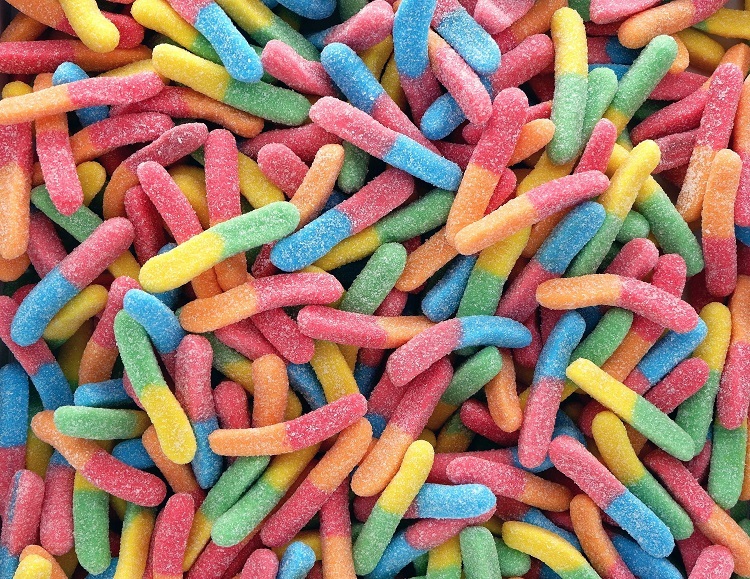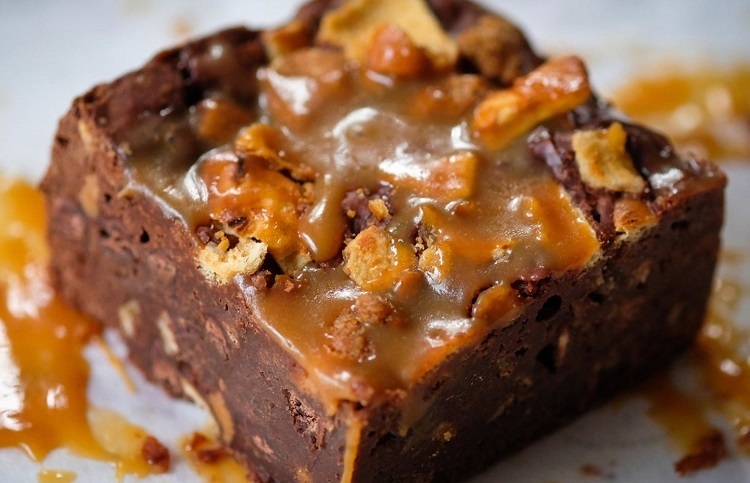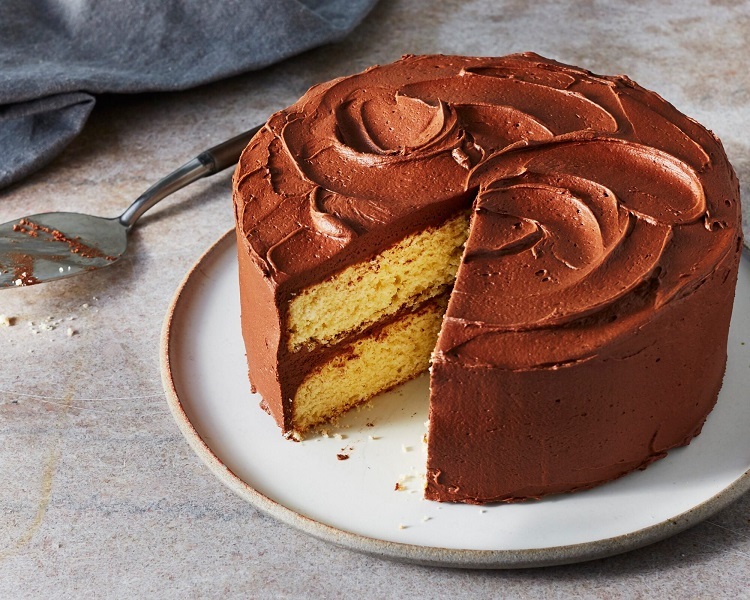The choices you make about what you eat and drink matter. They should add up to a balanced, nutritious diet. We all have different calorie needs based on our gender, age, and activity level. Health conditions can play a role too, including if you need to lose weight. Choose food from all five groups and follow the tips below.
Table of Contents
Grains
Choose products that list whole grains as the first ingredient. For example, whole grain breads or whole-wheat flour. Whole grains are low in fat and high in fiber. They also contain complex carbohydrates (carbs), which help you feel full longer and prevent overeating. Avoid products that say “enriched” or contained with other types of grains or flours. They do not have the same nutrients.
Fruits and Vegetables
Fruits and vegetables naturally are low in fat. They provide flavor and variety to your diet. They also contain necessary fiber, vitamins, and minerals. Try not to add unneeded fats to vegetables and fruits. This means avoiding margarine, butter, mayonnaise, and sour cream. You can use yogurt, healthy oils, or herbs to season instead.
Protein
Beef, pork, veal, and lamb
Select low-fat, lean cuts of meat. Lean beef and veal cuts have the words “loin” or “round” in their names. Lean pork cuts have the words “loin” or “leg” in their names. Trim off the outside fat before cooking it. Trim any inside, separable fat before eating it. Use herbs, spices, and low-sodium marinades to season meat.
Poultry
Chicken breasts are a good choice because they are low fat and high in protein. Only eat duck and goose once in a while, because they are high in fat. Remove skin and visible fat before cooking. Baking, broiling, grilling, and roasting are the healthiest ways to prepare poultry. Skinless poultry can be pan-broiled or stir-fried. Use a nonstick pan or cooking spray instead of butter or margarine.
Fish
Most seafood is high in healthy polyunsaturated fat. Omega-3 fatty acids also are found in some fish, such as salmon and cold-water trout. Try to eat seafood twice a week. Fresh fish should have a clear color, a clean smell, and firm, springy flesh. If good-quality fresh fish isn’t available, buy frozen fish. To prepare fish, you should poach, steam, bake, broil, or grill it.
Dairy
Choose skim or non-dairy milk, like soy, rice, or almond milk. Try low-fat or part-skim cheeses in recipes. Skim ricotta can replace cream cheese on a bagel or in a vegetable dip. Use 1% cottage cheese for salads and cooking. String cheese is a low-fat, high-calcium snack option.
Nonfat or Greek yogurt can replace sour cream in many recipes. Try mixing them with fruit for dessert. Skim sherbet and soft-serve frozen yogurt is lower in fat than ice cream.
Fats, Oils, and Sweets
Too many high-fat foods add excess calories to your diet. This can lead to weight gain and obesity or increase your risk for certain issues. Heart disease, diabetes, some cancers, and osteoarthritis have all been linked to diets high in fat. If you consume high amounts of saturated and trans fats, you are more likely to develop high cholesterol and coronary heart disease.
Visit our website to buy dates online healthy food now.










Comments